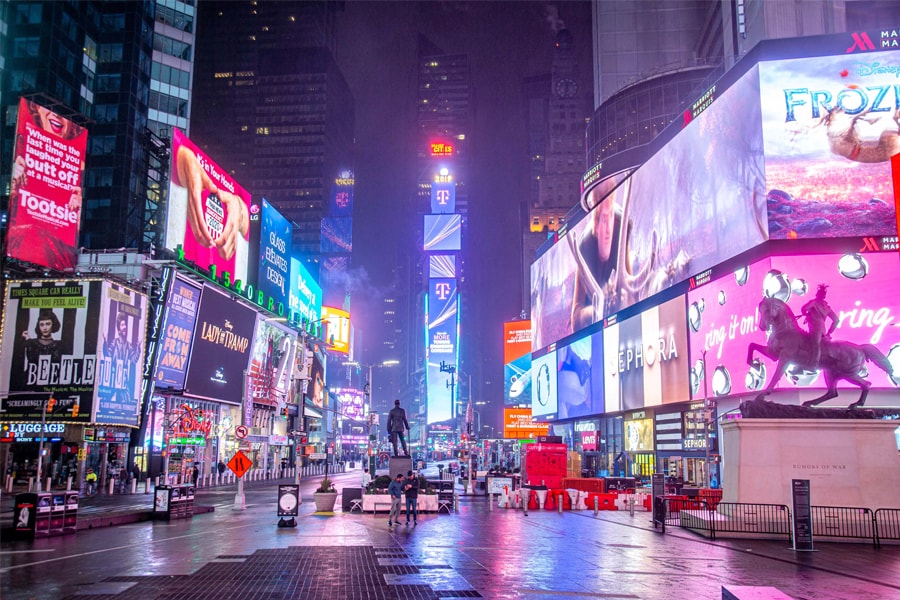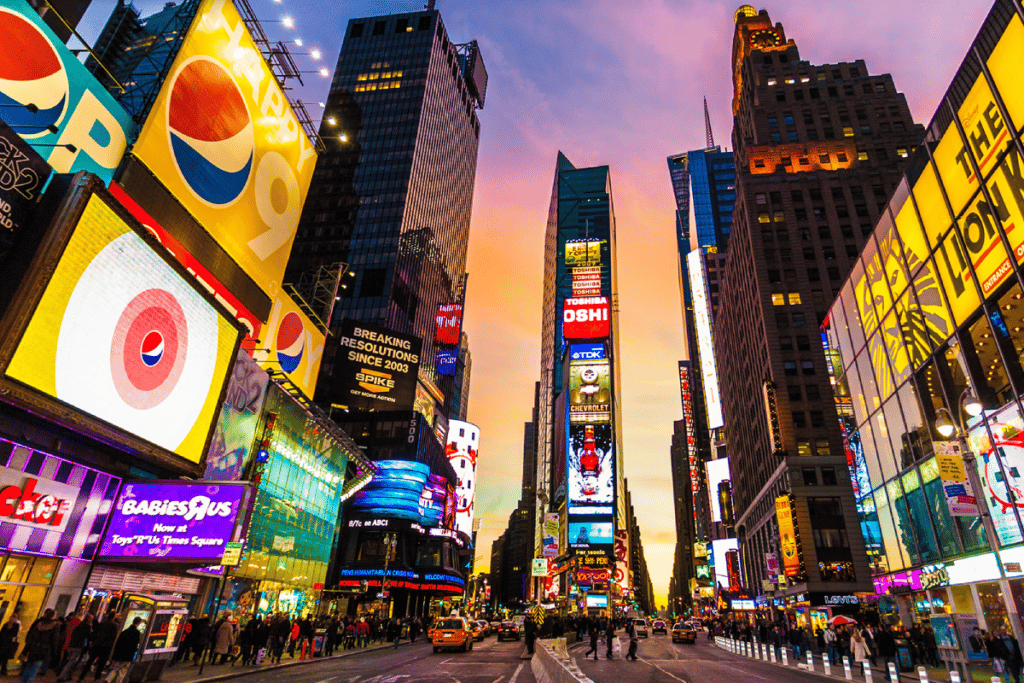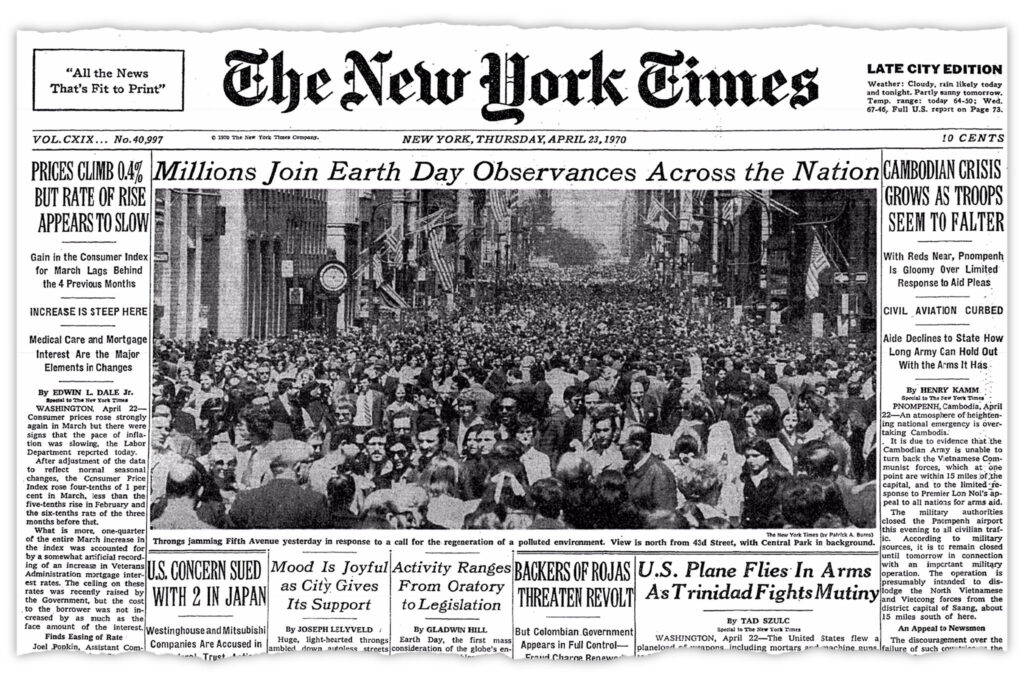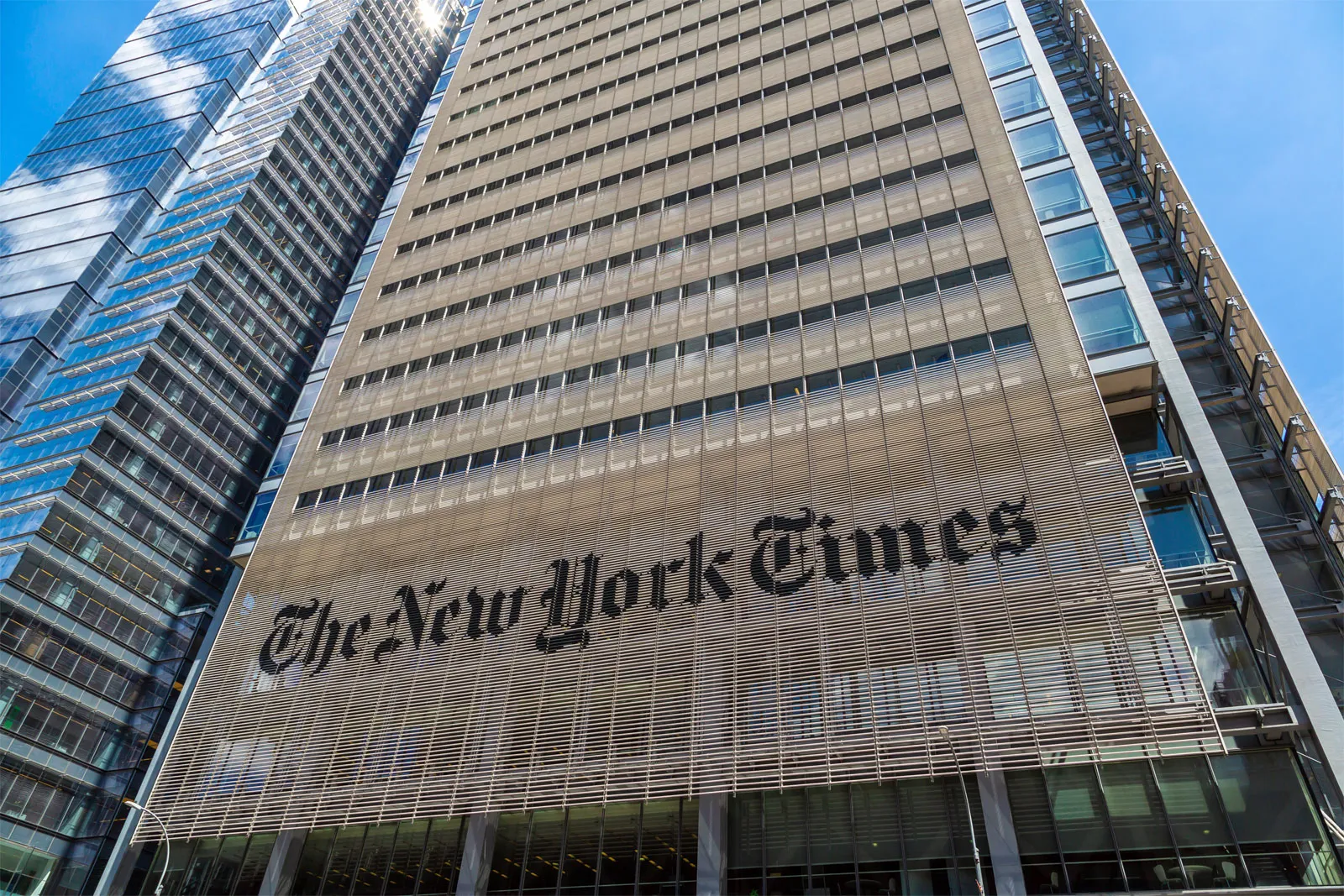The Resonance of “Shine Brightly”
Shine Brightly NYT . Language is more than ink on paper. It carries emotion, imagery, and rhythm. The phrase “shine brightly,” when tied to a New York Times context, radiates positivity while drawing the reader into a world of depth and meaning.
Origins of the Phrase in Media and Culture

“Shine brightly” is not new. It has appeared in literature, religious texts, and folklore. Yet its revival in modern journalism gives it new weight. Phrases like these thrive because they appeal to universal human instincts: the desire for light, clarity, and renewal.
The New York Times’ Role in Elevating Language
As one of the most respected publications in the world, the New York Times has mastered the art of wielding words. Its headlines often serve as cultural mirrors, shaping not only what readers think but also how they feel about events.
Headlines as Cultural Signposts
Every headline tells a story before the first paragraph is even read. A headline like “Shine Brightly” is more than a description—it is a declaration. It positions the subject in the realm of hope, resilience, and inspiration.
Why “Shine Brightly” Captures Attention

Humans are drawn to light—literally and metaphorically. A phrase like this commands attention because it contrasts with the heaviness of news cycles filled with crises, conflict, and uncertainty.
Symbolism Behind the Words
“Shine” suggests radiance, brilliance, and presence. “Brightly” amplifies the effect, infusing energy into the word. Together, they form an imperative—a call to stand out and resist dimming forces.
Psychological Impact of Affirmative Phrasing

Positive language has measurable effects on the human brain. Studies show that affirmations stimulate the release of dopamine, the “feel-good” neurotransmitter. “Shine brightly” is a micro-dose of optimism.
Literary Allure: From Poetry to Journalism
Poets have long used brightness as a metaphor for hope, beauty, and transcendence. Journalists borrow this language to remind readers that even within reportage, there is poetry.
Historical Uses of Brightness in Narrative
From Homer’s “rosy-fingered dawn” to Shakespeare’s “star-cross’d lovers,” references to brightness have defined storytelling traditions. Modern journalism carries forward this lineage, albeit through headlines and features.
The NYT’s Tradition of Evocative Storytelling
The New York Times has always paired factual rigor with evocative language. This blend transforms mere reporting into an art form. Phrases like “shine brightly” are part of that legacy.
Human Fascination with Light Imagery
Across civilizations, light has symbolized life, wisdom, and purity. The fascination persists because it represents something beyond human frailty—it points toward transcendence.
The Connection Between Hope and Illumination
Hope is often portrayed as a spark, a flame, or a light in the distance. “Shine brightly” echoes this imagery, urging readers to see beyond their immediate struggles.
Examples of “Shine Brightly” in Social Movements
Civil rights leaders, environmental advocates, and artists have all adopted metaphors of light. When the phrase surfaces in journalism, it resonates with that heritage of resilience and resistance.
Journalism as a Beacon in Dark Times
In eras of war, political turmoil, or global crisis, newspapers become beacons. By using phrases such as “shine brightly,” journalists underscore their role as lighthouses guiding readers through uncertainty.
How Positive Headlines Influence Readers
A headline can determine whether someone reads an article or scrolls past it. Optimistic phrasing draws readers in, reminding them that the story may not just inform but also uplift.
The Balance Between Realism and Inspiration
Of course, journalism cannot simply be sugar-coated. The art lies in balancing hard truths with glimmers of light. “Shine brightly” is the perfect example of finding that middle ground.
A Timeless Dichotomy

The battle between light and darkness is universal. It plays out in myths, politics, and personal struggles. The phrase evokes that archetypal battle in the reader’s imagination.
Why the Phrase Matters in Modern Journalism
Amid an avalanche of data, sound bites, and headlines, certain words stand out. “Shine brightly” matters because it humanizes news, making it not only digestible but also memorable.
The Digital Era: Viral Power of Optimistic Language
On social media, words like these spread rapidly. They are clipped, quoted, and reposted, ensuring that the sentiment extends beyond the original article.
The Enduring Power of Shining Brightly
“Shine brightly” is more than a phrase. It is a cultural reminder of endurance, clarity, and human potential. When used in the pages of the New York Times, it transcends ink and becomes illumination itself.
ALSO READ OUR OTHER ARTICLES
Frequently Asked Questions (FAQs)
What does the phrase “Shine Brightly” mean in the context of The New York Times (NYT)?
In the NYT context, “Shine Brightly” often signifies content or editorials that encourage readers to rise above challenges, embrace resilience, and make a meaningful impact. It’s used as both a metaphor and an inspirational call to action.on.
Is “Shine Brightly NYT” an official column or just a recurring theme?
It is not a fixed column but rather a recurring phrase that appears in features, essays, and opinion pieces. It’s meant to uplift readers and draw attention to stories of perseverance and achievement.
Why has the phrase “Shine Brightly” gained popularity among NYT readers?
The phrase resonates because it conveys positivity, hope, and inner strength during uncertain times. Many readers find it motivating, especially when tied to personal journeys or global challenges.
How can I find articles associated with “Shine Brightly” on NYT?
You can search directly on The New York Times website using keywords like “shine brightly” or navigate through lifestyle, opinion, and editorial sections where it frequently appears.
Does “Shine Brightly” have a cultural or historical significance?
Yes. The phrase itself has long been associated with ideas of light, clarity, and guidance across literature, spirituality, and even leadership discourses. NYT’s use modernizes the symbolism for today’s
Can “Shine Brightly” be applied beyond the NYT articles?
Absolutely. It can serve as a personal mantra for resilience, creativity, and ambition. Many readers adopt it in their daily lives as an affirmation.
Are there similar inspirational themes in other major newspapers?
While phrasing differs, most global publications share uplifting features. However, NYT’s “Shine Brightly” stands out due to its poetic simplicity and broad cultural appeal.



